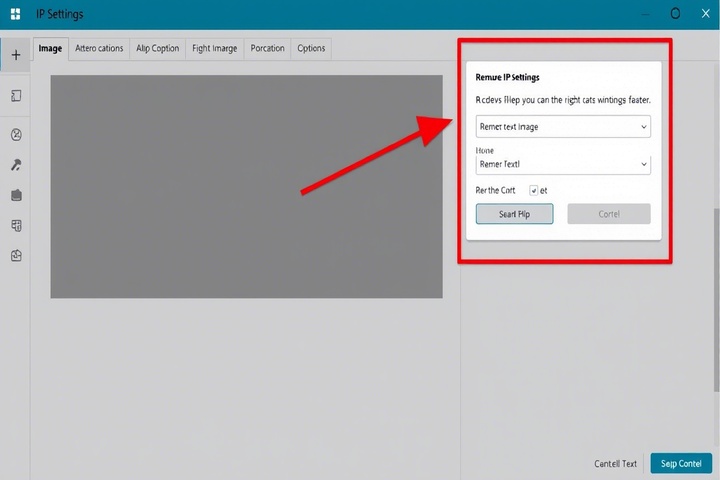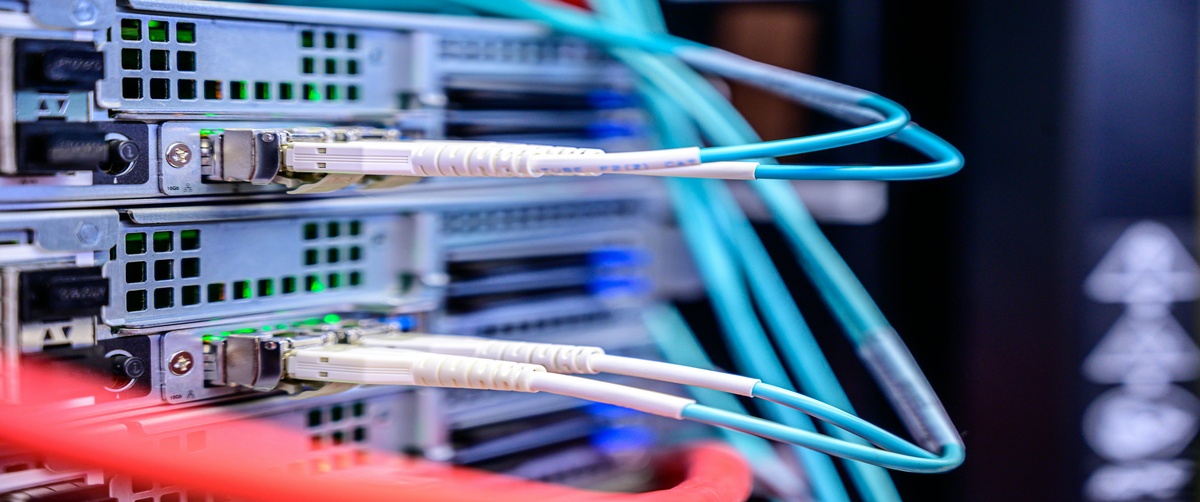Introduction
A subnet mask is essential for defining network boundaries, ensuring efficient communication between devices. Subnet mask misconfiguration can lead to network segmentation issues, preventing devices from reaching each other or accessing shared resources.
This guide will help you identify and fix subnet mask misconfiguration to restore proper network functionality.
What Causes Subnet Mask Misconfiguration?

A subnet mask issue can occur due to various reasons, including:
✅ Incorrect subnet mask settings – Devices have an incorrect subnet mask, leading to communication failures.
✅ Mismatched subnet masks – Devices on the same network use different masks, creating segmentation.
✅ IP Address Conflicts – The subnet mask conflicts with the assigned IP range.
✅ Improper DHCP Configuration – The wrong subnet mask is assigned dynamically.
✅ Routing Issues – Incorrect subnet mask configurations cause routing errors.
Now, let’s go through step-by-step troubleshooting to resolve subnet mask misconfiguration issues.

Step 1: Identify Subnet Mask Issues
How to Detect a Subnet Mask Problem:
1️⃣ Check your IP Configuration
Open Command Prompt (Windows) or Terminal (Mac/Linux) and run:
bash
CopyEdit
ipconfig /all (Windows)
ifconfig (Linux/Mac)
- Ensure the Subnet Mask is correct and matches the expected network settings.
2️⃣ Ping Other Devices in the Same Network
php-template
CopyEdit
ping <another device’s IP>
- If the device does not respond, the subnet mask may be incorrect.
3️⃣ Check Routing Table for Errors
scss
CopyEdit
route print (Windows)
netstat -r (Linux/Mac)
- Look for unexpected subnet mask values that may be causing segmentation.
If any of these tests fail, proceed to Step 2.
Step 2: Verify Subnet Mask Across Devices
A common subnet issue occurs when different devices in the same network use different subnet masks.
How to Check Subnet Masks on All Devices:
🔹 Windows/Mac/Linux clients:
bash
CopyEdit
ipconfig /all (Windows)
ifconfig (Linux/Mac)
🔹 Network Switches/Routers:
kotlin
CopyEdit
show ip interface brief
🔹 Check DHCP Server Settings:
sql
CopyEdit
show ip dhcp binding
Common Subnet Masks for Reference:
|
Subnet Size |
CIDR Notation |
Subnet Mask |
|
256 hosts |
/24 |
255.255.255.0 |
|
128 hosts |
/25 |
255.255.255.128 |
|
64 hosts |
/26 |
255.255.255.192 |
|
32 hosts |
/27 |
255.255.255.224 |
If subnet masks do not match the intended network structure, move to Step 3.
Step 3: Correct Subnet Mask Settings
If devices have incorrect subnet masks, update them manually or via DHCP.
How to Correct Subnet Mask on Individual Devices:
🔹 For Windows:
- Open Network and Sharing Center → Change adapter settings
- Right-click your network adapter → Properties
- Select Internet Protocol Version 4 (TCP/IPv4) → Properties
- Update the subnet mask to match your network.
🔹 For Linux/Mac:
nginx
CopyEdit
sudo ifconfig eth0 netmask 255.255.255.0 up
🔹 For Routers & Switches:
nginx
CopyEdit
interface GigabitEthernet0/1
ip address 192.168.1.1 255.255.255.0
exit
After making changes, restart the affected device and test connectivity.
Step 4: Verify DHCP Configuration
If devices receive incorrect subnet masks dynamically, your DHCP server may be misconfigured.
How to Check DHCP Subnet Mask Settings:
🔹 On a Router/Switch:
arduino
CopyEdit
show running-config | include dhcp
🔹 On a Windows DHCP Server:
- Open DHCP Manager
- Expand the Scope
- Navigate to Scope Options → Subnet Mask
- Ensure the correct subnet mask is configured.
Correcting DHCP Settings (Cisco)
nginx
CopyEdit
ip dhcp pool VLAN10
network 192.168.10.0 255.255.255.0
default-router 192.168.10.1
dns-server 8.8.8.8
🔹 Restart DHCP services and verify if devices obtain the correct subnet mask.
Step 5: Ensure Proper Routing Between Subnets
If using multiple subnets, ensure routing is correctly configured.
How to Check Routes on a Router:
🔹 Run:
sql
CopyEdit
show ip route
🔹 If a required route is missing, add a static route:
nginx
CopyEdit
ip route 192.168.2.0 255.255.255.0 192.168.1.1
🔹 Enable Inter-VLAN Routing if VLANs are involved:
nginx
CopyEdit
ip routing
Restart the router and test inter-subnet communication.
Step 6: Check Firewall & Access Control Lists (ACLs)
Firewalls or ACL rules may block communication between subnets.
How to Verify Firewall Rules:
🔹 On a Cisco Firewall:
pgsql
CopyEdit
show access-lists
🔹 Allow Subnet Traffic:
pgsql
CopyEdit
access-list 101 permit ip 192.168.10.0 0.0.0.255 192.168.20.0 0.0.0.255
🔹 For pfSense/Ubiquiti Firewalls:
- Navigate to Firewall > Rules > VLANs
- Allow traffic between subnets.
Save changes and restart the firewall.
Step 7: Test & Monitor Network Performance
After making corrections, test connectivity.
✅ Ping Test:
nginx
CopyEdit
ping 192.168.20.1
✅ Traceroute to Check Routing Paths:
nginx
CopyEdit
tracert 192.168.20.1 (Windows)
traceroute 192.168.20.1 (Linux/Mac)
✅ Use Network Monitoring Tools:
- Wireshark – Analyze network packets.
- SolarWinds Network Analyzer – Detect routing issues.
- PRTG Network Monitor – Monitor subnet traffic.
If all tests pass, your subnet mask misconfiguration is resolved! 🎉
Get Expert IT Support for Subnet Mask & IP Configuration Issues

Still facing subnet mask misconfigurations, routing problems, or network connectivity issues?
🔹 TechNow provides professional IT Support Services, specializing in IP addressing, subnet planning, DHCP configuration, and network troubleshooting.





